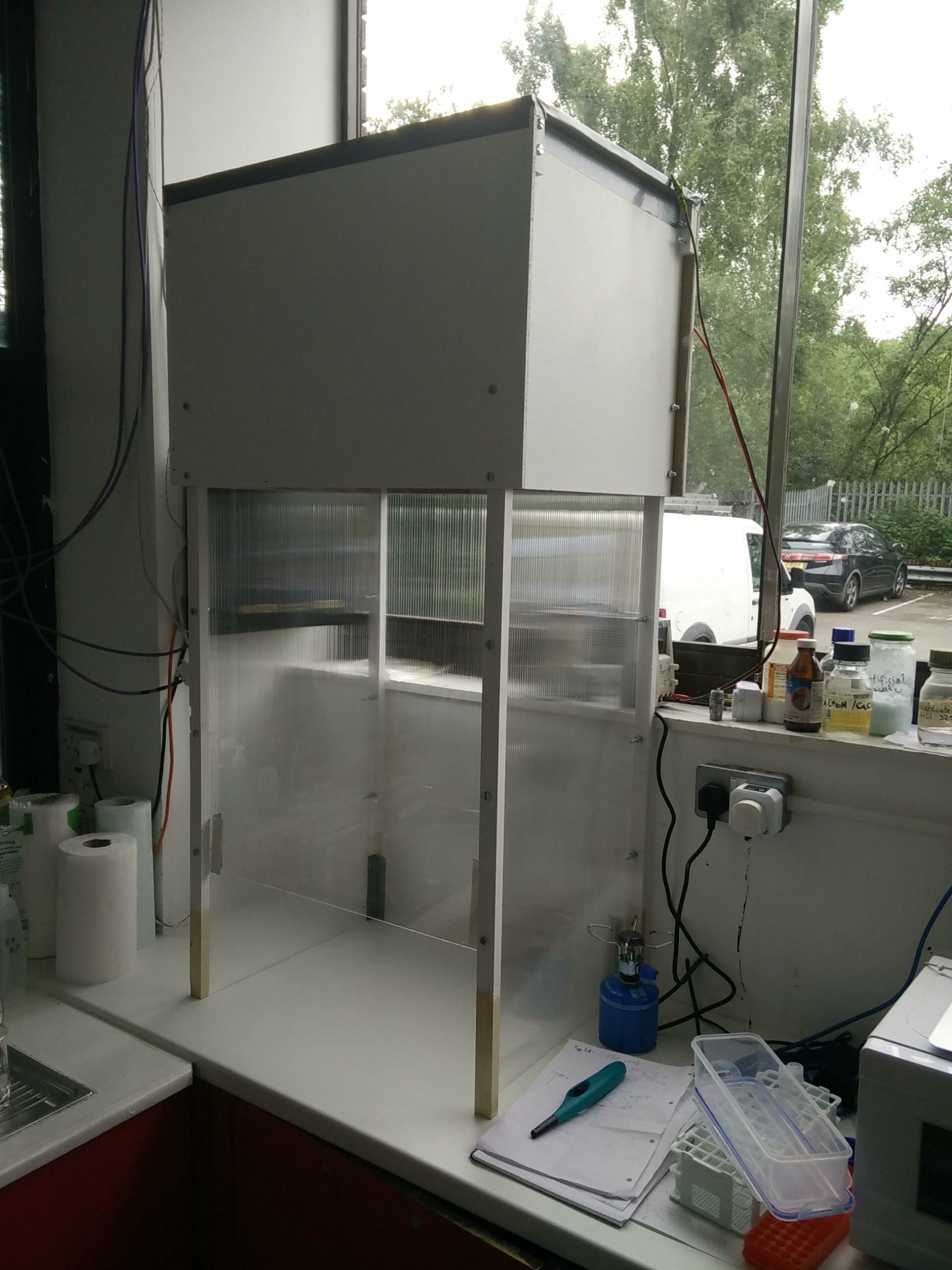

The authors paid 200 in parts for their laminar flow hood, including the vacuum cleaner. A thorough article on instructables walks you through the process.
Build laminar flow hood portable#
These devices only provide product protection. You can make your own portable laminar flow hood from a Vacuum Cleaner, some plexiglass, and a HEPA Filter. Horizontal laminar flow or vertical laminar flow “clean benches” are not biosafety cabinets these pieces of equipment discharge HEPA-filtered air from the back of the cabinet across the work surface toward the user, and they may expose the user to potentially hazardous materials. Vertical flow hoods, on the other hand, provide significant protection to the user and the cell culture. The flow can be horizontal, blowing parallel to the work surface, or it can be vertical, blowing from the top of the cabinet onto the work surface.ĭepending on its design, a horizontal flow hood provides protection to the culture (if the air flowing towards the user) or to the user (if the air is drawn in through the front of the cabinet by negative air pressure inside).

It works extremely well, is cheap, and can be customized to your lab size.Laminar flow hoods protect the working environment from dust and other airborn contaminants by maintaining a constant, unidirectional flow of HEPA-filtered air over the work area. Maybe another honeycomb material other than straws could be used. The air is pushed by the fan into the filters, then through the straws (which act like a honeycomb to make the air flow straight out the other end, with no irregular swirls or eddies that could draw dusty air back in). Then put the fan in the very back (just barely inside the box), and tape it along the edges, so that air pushed by the fan doesn't leak out backwards. Then from the back, add the hepa filters just in back of the straws, and tape them in place along the edges (inside the enclosure). Make the wall as tight as possible, this may take a couple of hours. When the wall is almost complete, start wedging more straws in near the interior walls of the enclosure, so that the whole wall of straws is tightly wedged in, so that it won't slide around. Start stuffing those straws in the interior of the box, towards the back. Each of my cabinets required about $60 worth of straws. I'm sure with a little searching, there would be an internet source that would sell them (the company I bought them from is called Gordon Food Service). Luckily, I live near a restaurant-supply store which had all the straws I needed (not wrapped with paper, because it would be extremely tedious, to say the least, to have to unwrap thousands of straws). The final component needed is the straws. (I don't know if they have this same kind of material in Europe, but plywood could be used if it was thoroughly sealed with varnish.) To build the cabinet itself, I used the stuff called "melamine" which is particle-board coated with a hard white plastic on both surfaces (the thickness is 3/4 inch). I used a cheap fan that has two small fans in one unit, which is designed for use in a window (it cost $14). Again, the fan size does not need to be a perfect match, but the closer the better.

Multiple filters can be taped together.Īlso, decide on the kind of fan that will be placed at the very back, which pushes air through the hepa filters toward the front. These filters do not need to completely fill the space measuring 2 feet by 15 inches (or whatever the space is) but it should be reasonably close. While you consider this, obtain the hepa filter(s) that will be placed toward the back end of the cabinet. My cabinets measure 2 feet wide by 4 feet long by 15 inches high. I've built two already, and they work really well.ĭecide on how big the enclosure needs to be, based on the available space in your lab, the size of plates you want to coat, etc. To make a laminar flow station, the following method can be used. All that's really needed is a huge quantity of plastic drinking straws. This turned out to be a lot simpler than I thought, thanks to a tip from Colin.


 0 kommentar(er)
0 kommentar(er)
